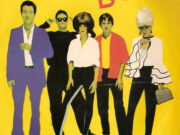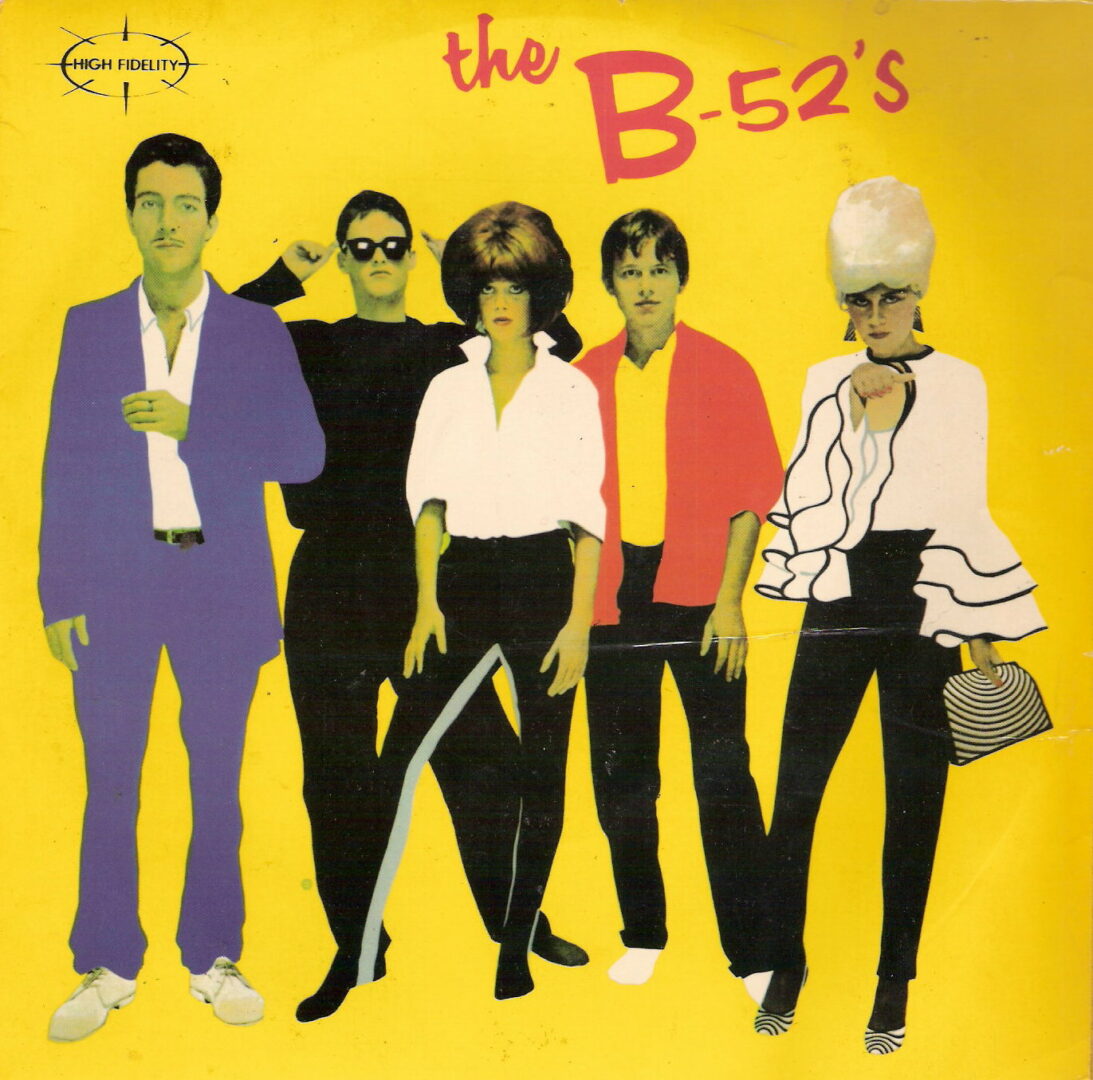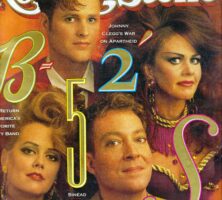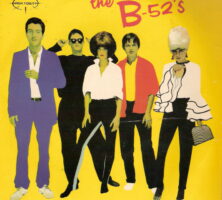Quirky, lively, and original, the B-52’s formed in the late 1970s and remain one of Athens’s best-known bands. Named for the bomb-shaped bouffant hairdos of the two female band members, the group debuted at a Valentine’s Day party in Athens in 1977 and before long were performing in New York City, where they attained a cultlike status.
Initially the members of the group—Kate Pierson, Fred Schneider, Keith Strickland, Cindy Wilson, and Ricky Wilson—had little or no musical experience, but their campy stage image, walkie talkies, exaggerated wigs, go-go boots, and thrift shop clothing, along with such oddly engaging songs as “Private Idaho” and “Planet Claire,” made them the talk of the postpunk scene. After playing shows and gaining a following in New York and signing a record deal with Warner Brothers, the B-52’s moved to the city. Their first album, The B-52’s (1979), sold more than 500,000 copies, mostly on the strength of the dance party classics “Rock Lobster” and “52 Girls.” Infused with an irrepressible sense of mischief, taut guitar riffs, and an offbeat sensibility, the album was unlike anything on offer at the time. As the New York Times would later observe, the band was demographically distinctive as well: “40 percent female, 60 percent southern, 80 percent queer, 100 percent fun.”
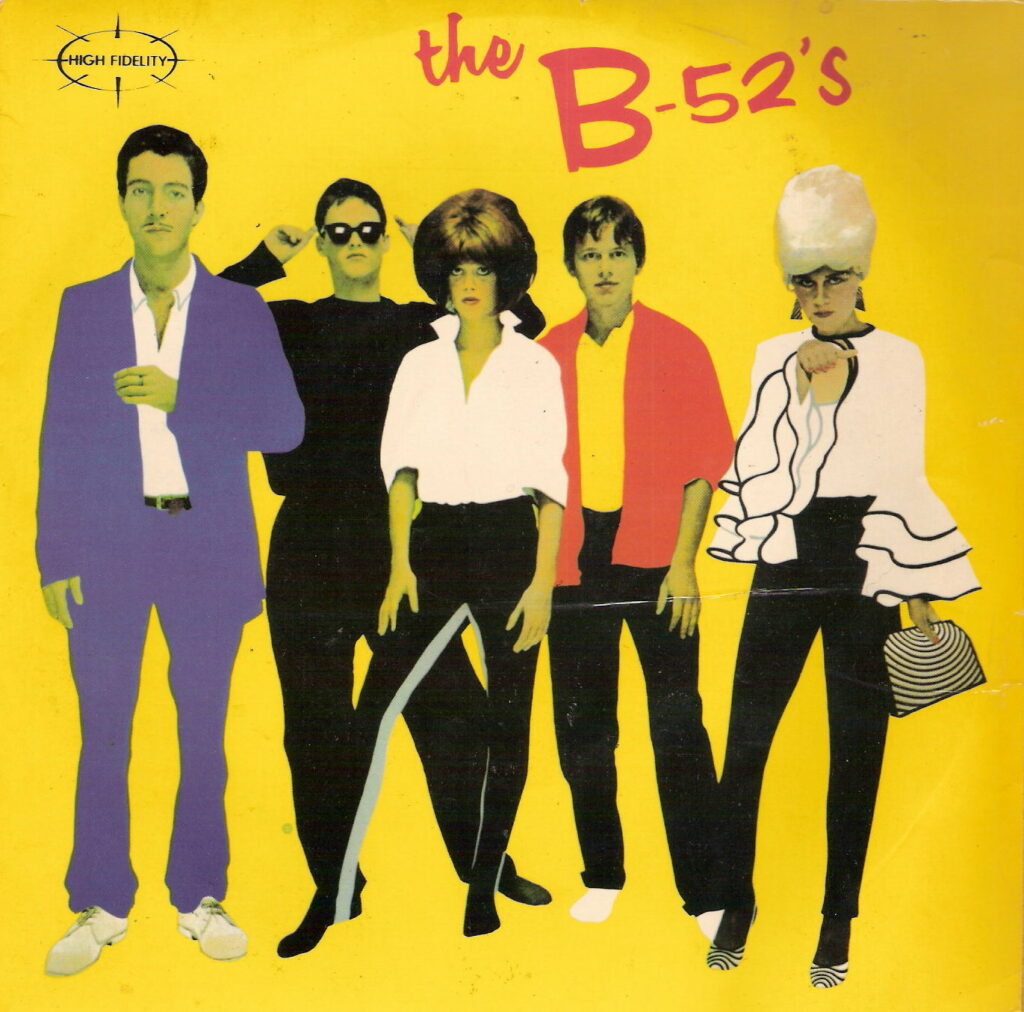
After becoming a commercial and critical success, the B-52’s released their second album, Wild Planet, in 1980, followed by Mesopotamia in 1982 and Whammy! in 1983. However, Ricky Wilson, lead guitarist and the member responsible for much of the band’s unique vision, died of AIDS in 1985, during the recording of Bouncing off the Satellites. The album was released in 1986, but the band, devastated by the loss of Wilson, did little to promote it. Three years passed before the group recorded another album.
In 1989 the remaining members recorded and released Cosmic Thing, their greatest commercial success. On the strength of the hits “Love Shack,” “Roam,” and “Deadbeat Club,” the album eventually went to number three on the Billboard charts and sold over five million copies.
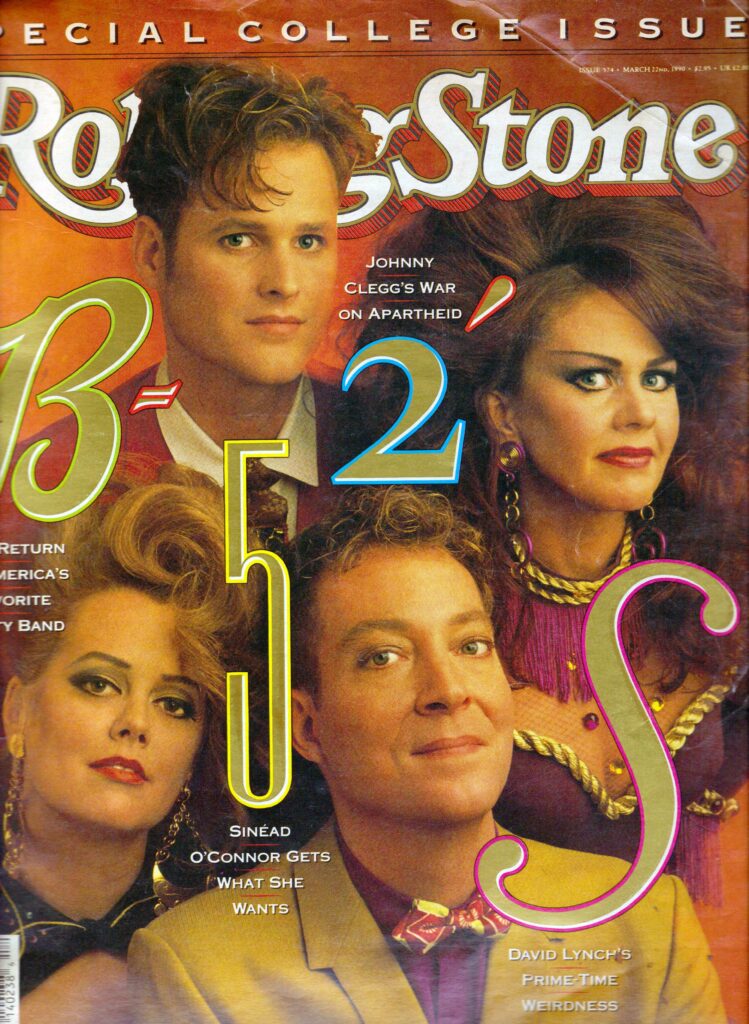
In spite of the group’s success, Cindy Wilson left the band in 1991 to start a family. The B-52’s recorded their next album of the decade, Good Stuff, in 1992. Other projects soon followed. The band recorded the single “Meet the Flintstones” for the 1994 film The Flintstones and returned to Athens to play to a large and enthusiastic crowd at the University of Georgia homecoming in 1997. Reuniting with Cindy Wilson, the group then recorded two new tracks for a collection of their greatest hits, Time Capsule: Songs for a Future Generation (1998). The B-52’s were inducted into the Georgia Music Hall of Fame in 2000.
In 2008 the band released Funplex, their final, full-length album. Strickland stepped away from touring a few years later, though the band maintained an active schedule, performing with a rotating cast of guest musicians and new members. The 2010s saw the release of various side projects, including solo debuts by both Pierson and Wilson. Though the band launched a farewell tour in 2022, they booked a Las Vegas residency soon thereafter and continue to perform intermittently.


